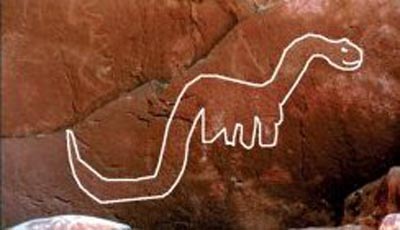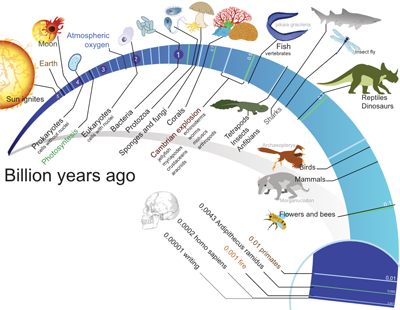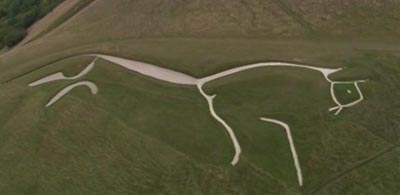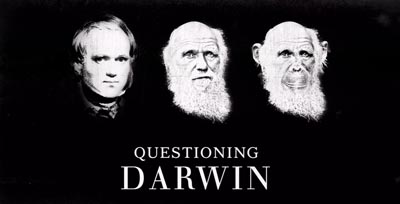| Evolutionists attempting to defend evolutionary theories further highlight fatal flaws |
Apparently my previous article –Evolution falsified – again struck a nerve among evolutionists. They took issue with me pointing out that evolution has been falsified because a bacteria has been found that has not evolved in 2 billion years. Aside from the ad hominem attacks, a number of Twitter commenters (like this one) stated that no change (in form) is expected if there are no (natural) selection pressures. Since the cited article indicated there was no change in the environment, many evolutionists quickly and conveniently jumped to the conclusion that no environmental changes means there were no selection pressures. But is that a valid conclusion given evolutionary assumptions? Continue Reading












 Interior – St. Peter’s Basilica as painted by Giovanni Paolo Panini
Interior – St. Peter’s Basilica as painted by Giovanni Paolo Panini
